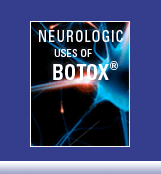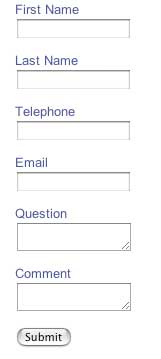![]()
 |
One of the most exciting developments in the field of epilepsy treatment is the Vagal Nerve Stimulator (VNS). The VNS is a device about the size of a hockey puck, which is placed in the chest in a manner similar to a pacemaker for the heart. The surgeon then wraps its lead wires around the vagus nerve. The vagus nerve is unique among peripheral nerves of the body in that its nuclei begin in the brainstem (the lower part of the brain) but its peripheral nerve traverses a large portion of the body (neck, chest, and part of the abdomen). The other nerves that begin in the brainstem only go to portions of the head and neck.
Once implanted, the neurologist will program the VNS to deliver a series of stimulations to the vagus nerve at various strengths and frequencies. The VNS does not work by sensing a seizure. Instead, it works by repetitively stimulating the vagus nerve for a period of time and then by pausing for a period of time. How this achieves an anti-epileptic effect is unknown but the best explanation this author has heard of is that the device clearly scrambles some of the synchronous discharges of the brain. Since seizures are synchronous discharges of groups of neurons in the brain, then scrambling them periodically may serve to prevent the recruitment phase needed to begin a clinically recognizable seizure. The VNS device can be used for both partial and generalized onset seizures.
The VNS is also programmed with a special sequence that is activated when a magnet is swept over the device. For patients who can sense the start of a seizure (the aura of a seizure), it can be useful in aborting the seizure. For patients who cannot sense the impending seizure, it can be useful for family and caretakers to shorten the seizure and allow for faster recovery of the patient.
VNS has not been shown to be a more effective treatment than any other AED. Its advantage lies in its lack of central nervous system side effects commonly caused by other AEDs (such as sedation and ataxia – or being off balance). It has its own side effects of neck pain and voice change (usually transient). When effective, it allows the decrease and elimination of other AEDs, which leads to a better quality of life for the patient and caregivers. It also seems to shorten the duration of seizures and the recovery time after a seizure occurs (post-ictal state). Unfortunately, VNS does not benefit everyone and there is no way to predict in advance who will benefit from its implantation.
For those who want to really learn everything there is to know about VNS, I was recently sent the book Vagal Nerve Stimulation. It covers virtually everything including information about how the device is implanted and the data on depression in what appears to me to be an unbiased manner. It also includes a CD but my CD is cracked so I do not know what is on the disk.
There is significant controversy in the use of Vagal Nerve Stimulator for severe refractory depression. This topic is beyond the scope of this website.



